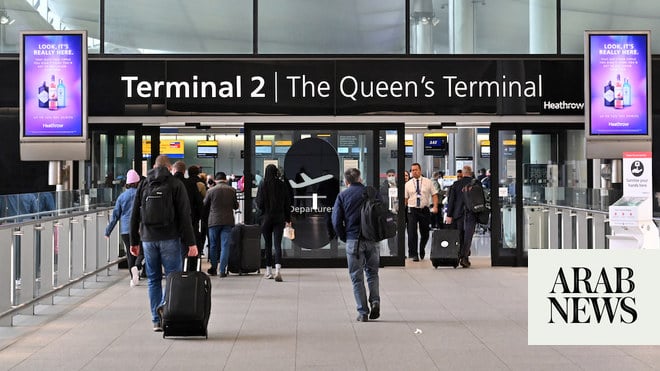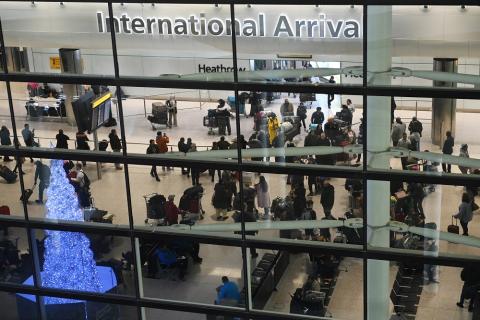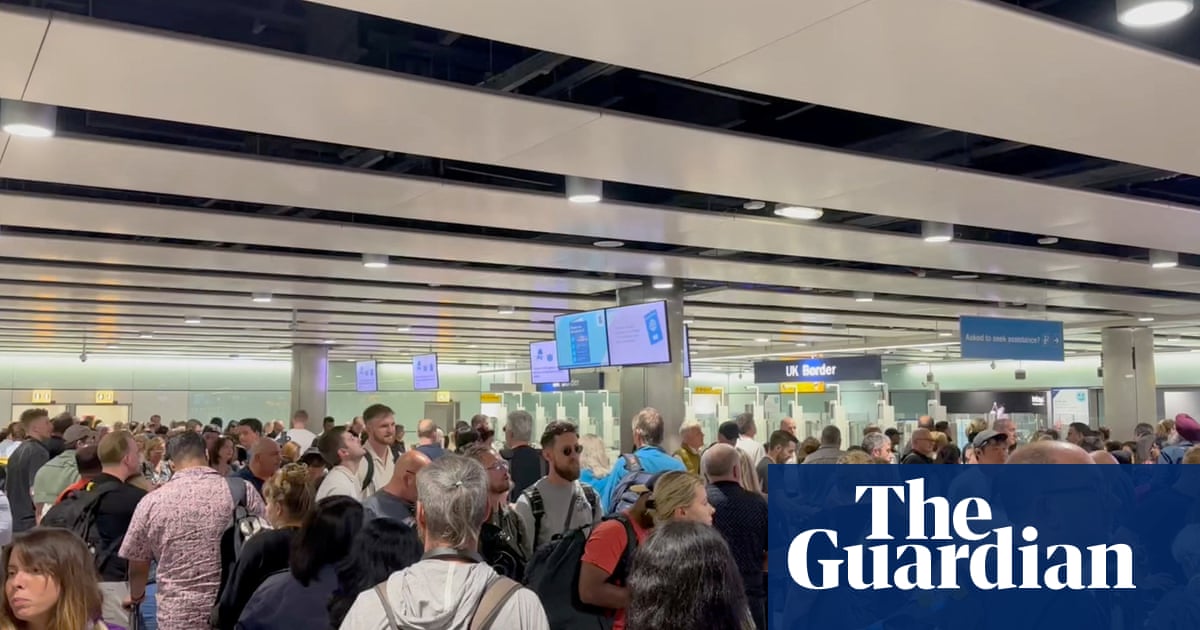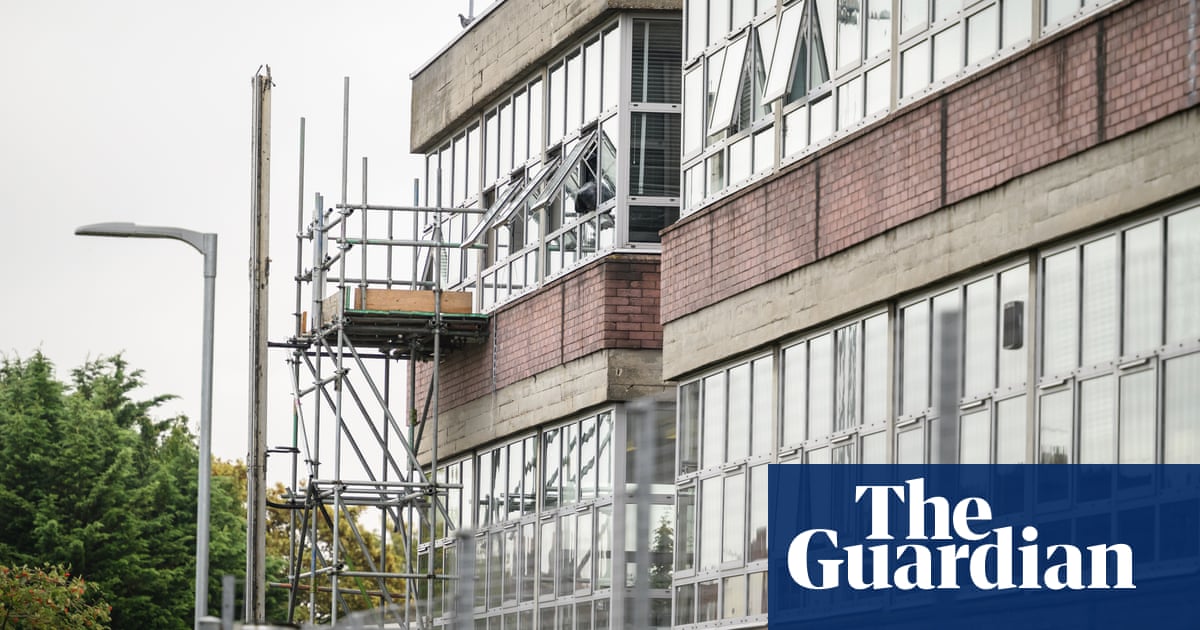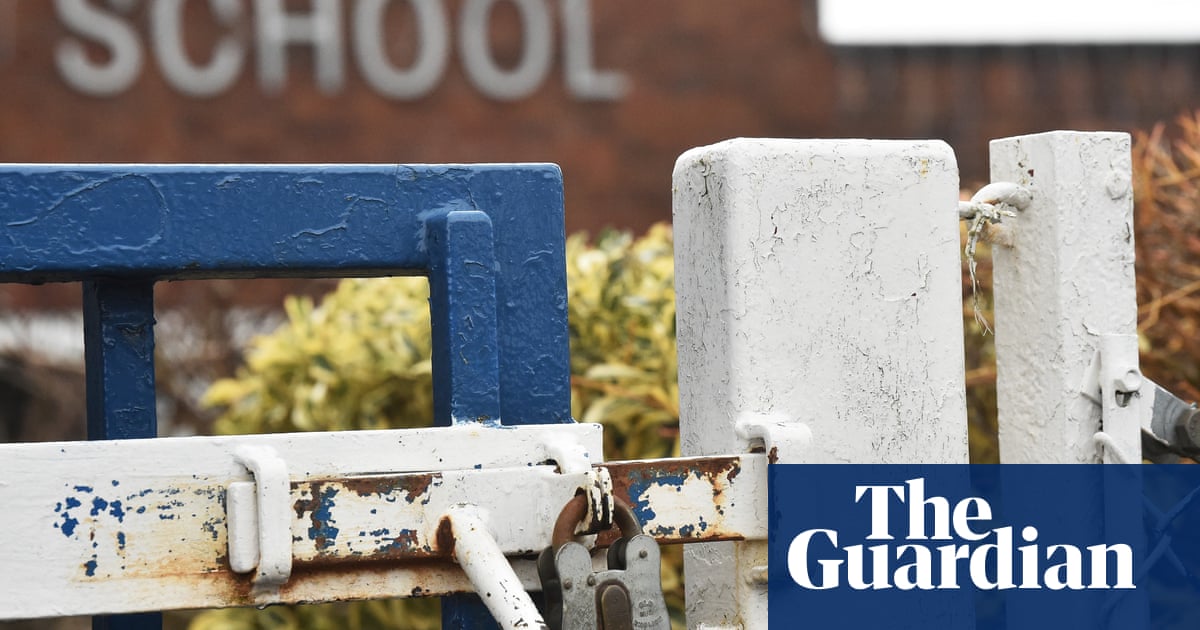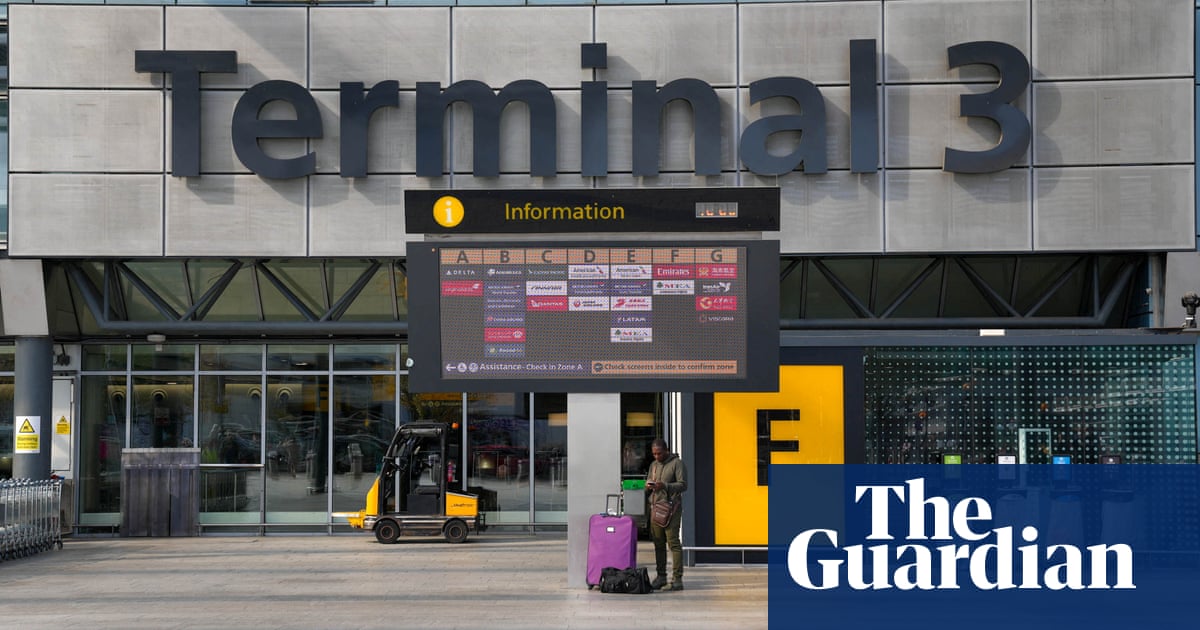
The crumbling concrete that recently closed hundreds of UK schools has also been found within two of Britain’s biggest airports, it has been revealed.
Both London Heathrow and Gatwick confirmed that some of their buildings contain reinforced autoclaved aerated concrete (Raac) and were being monitored.
Heathrow said it was taking “remedial steps” to mitigate any safety risk, while Gatwick said it was constantly monitoring affected areas. Both airports said passenger safety and operations would not be affected by the building materials.
Heathrow’s main operating terminals, T2 and T5, were both constructed after use of the “bubbly concrete” was largely discontinued. The airport carried out work on Raac found in T3 last year, before the problems identified in school buildings this year forced many to close just before the start of the autumn term.
That has turned Raac into a political crisis, with the government facing urgent questions about the risk it poses in buildings across the public realm, including hospitals, courts and prisons.
The recent concern prompted Heathrow to carry out a fresh review of its Raac management plans, but the airport has not altered its approach.
Gatwick would not disclose where its Raac was located, but is understood to have been long aware of its presence, and to have no indication of any risk.
A London Gatwick spokesperson said: “We have a register of locations containing Raac on the airport campus, which are closely monitored through a regular comprehensive structural inspection regime. Our most recent inspection in June 2023 did not present any concerns and we will continue to monitor on a regular basis.”
A Heathrow spokesperson said: “Industry has been aware and acting on the remedial steps that should be taken in buildings that contain this material.
“We, like many others, have been assessing our estate and will continue to mitigate the risk where this material is found. Passenger and colleague safety will always be our first priority and we will continue to update stakeholders across the sector as our plans for permanent solutions progress.”
A spokesperson for the Manchester Airports Group, which owns Stansted and Manchester airports, said that there was “no likelihood” of their buildings containing Raac, but the airports were being double-checked as a precaution.
Raac poses a bigger risk in buildings that have been poorly maintained, such as schools and hospitals in the public sector whose budgets have been cut since 2010.
Chris Goodier, professor of construction engineering and materials at Loughborough University, told the Financial Times that the presence of Raac was unlikely to affect airports, which have full-time maintenance teams: “They’ve got money and they spend money because if they had to close a building it would cost them a lot.”




